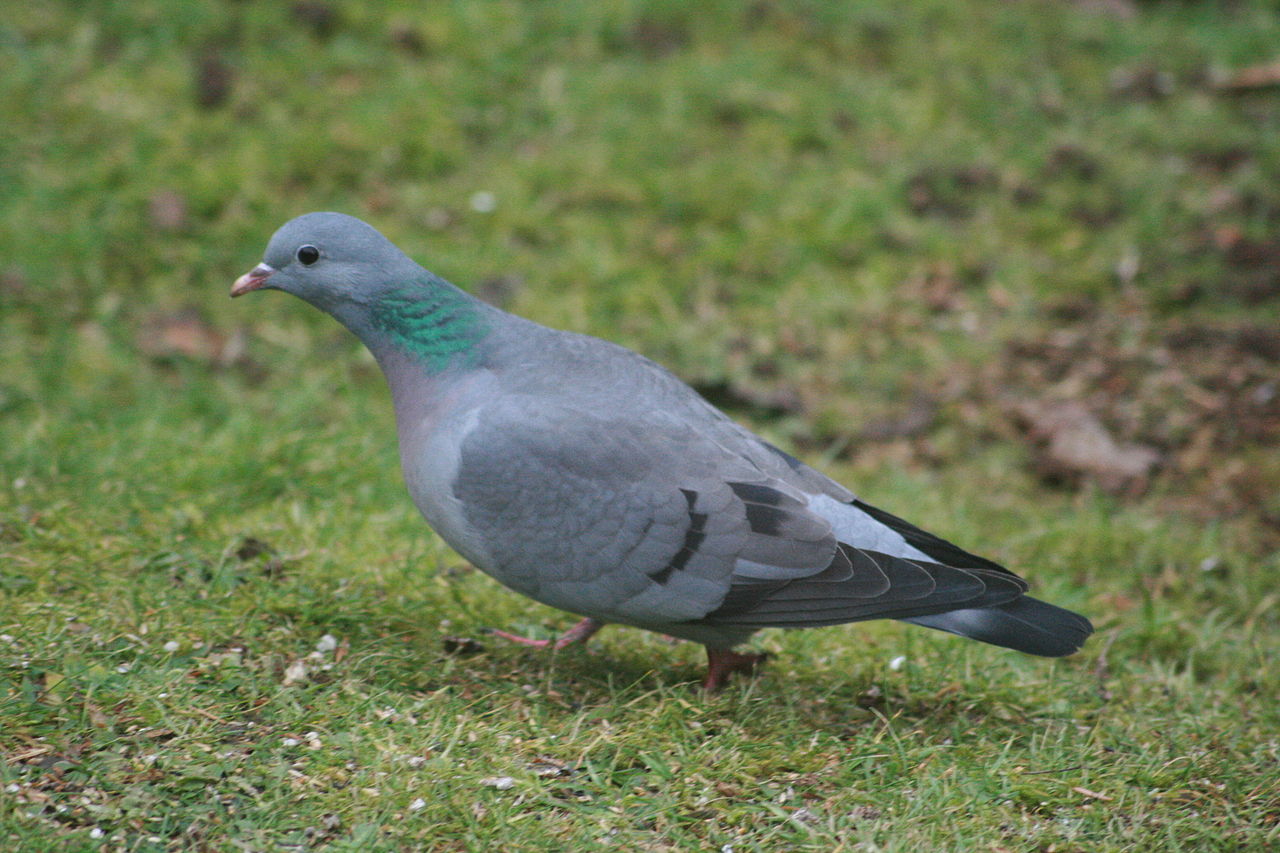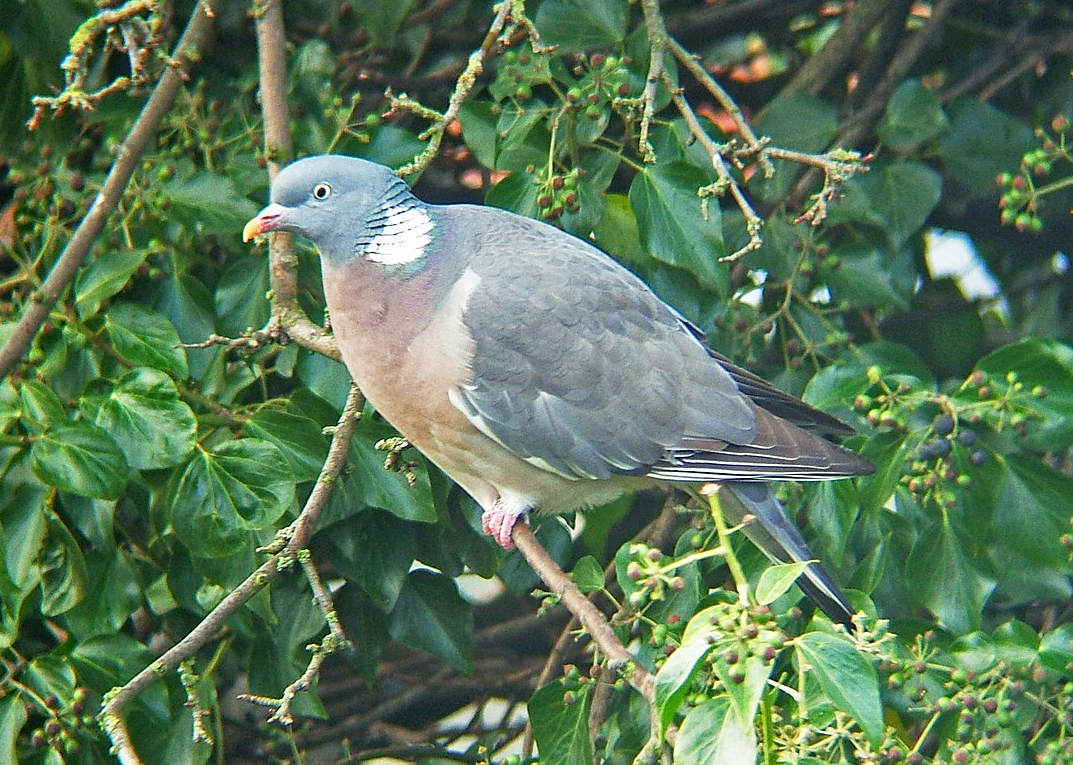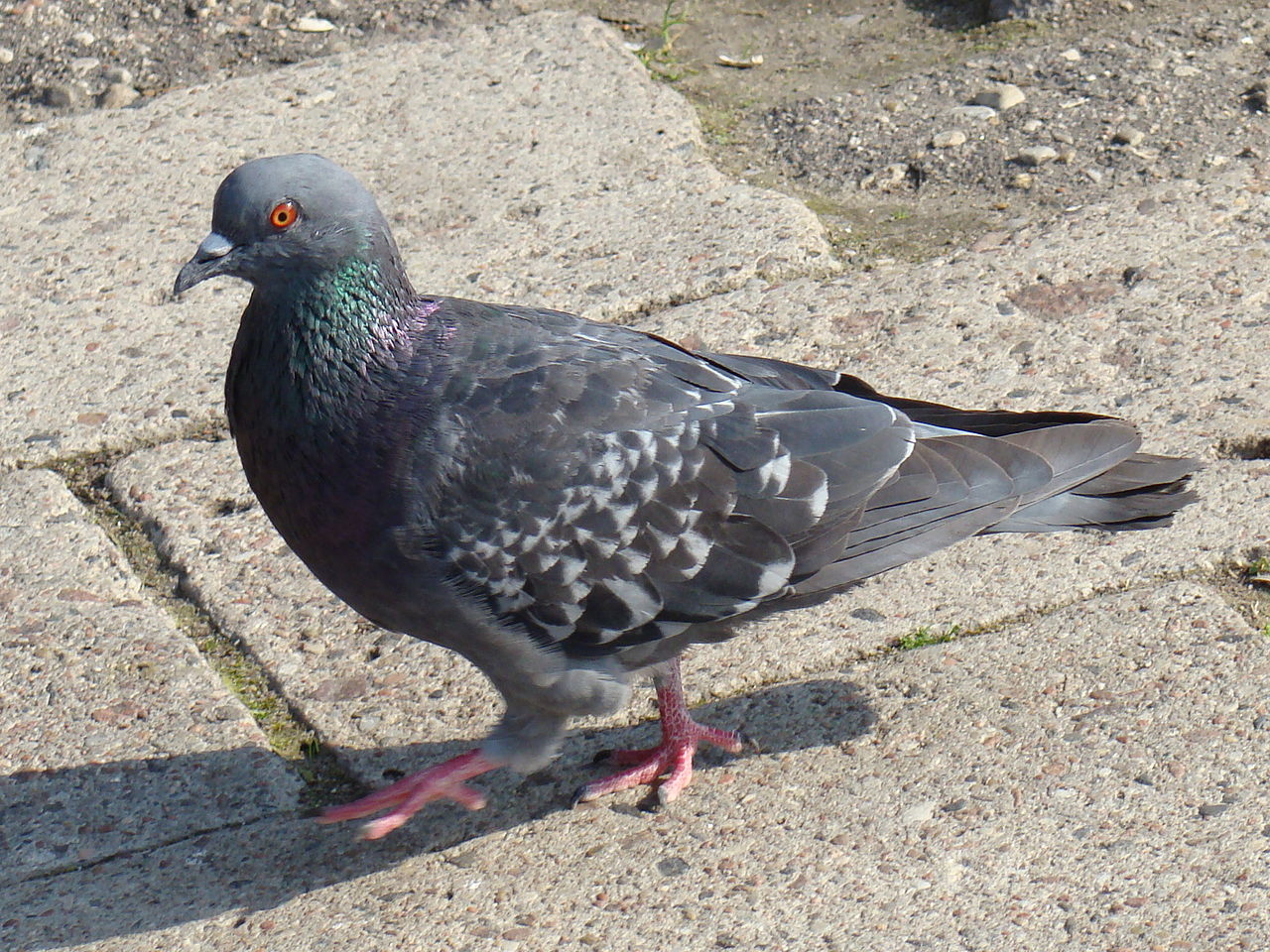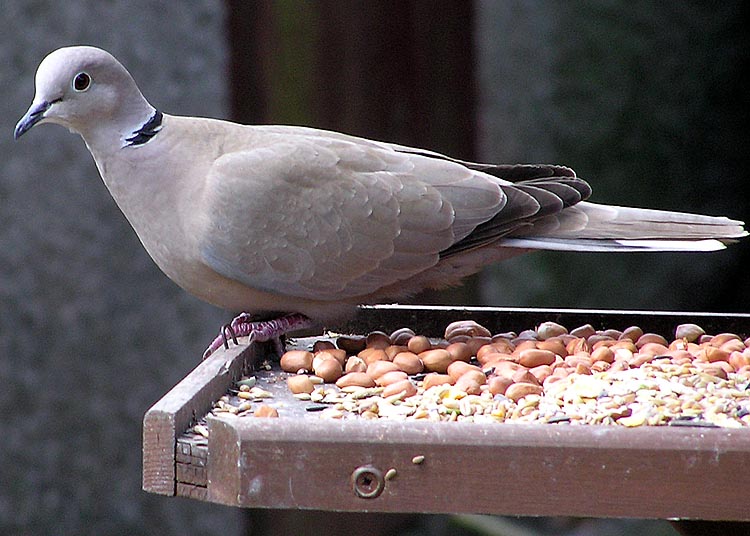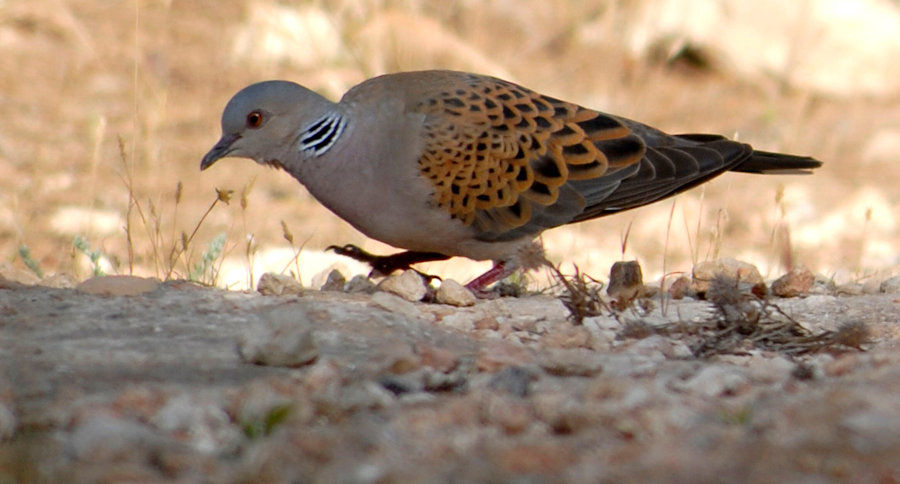
Garden Wildlife
Garden Wildlife



Finding out more:
BTO workshop on pigeon identification
Entertaining BTO video on calls of woodpigeon and collared dove
Wikipedia information on crop milk
Page written and compiled by Steve Head
Pigeons and doves
Pigeons and doves are in the family Columbidae. In general speech we usually call the bigger species pigeons and the smaller ones doves. Globally there are about 340 species, and six species in Europe. Four are fairly common to abundant in our gardens, and there is one more which you just might encounter if you live in the south east. They are large among garden birds, and are largely ground feeders, sometimes a nuisance to gardeners and farmers.
Unusually, pigeons and doves don't feed insects to their young as do most garden birds. Instead, both sexes produce "pigeon milk" - a secretion from the crop produced from just before the eggs hatch, which is disgorged for their young.
Click on the pictures below to go to the pages on these species
41 cm
27 cm
32 cm
32 cm
33 cm
Woodpigeon
Big, grey and purple, white patch on neck. 5 "coos" in their call
Feral pigeon
Typical town pigeon, grey, no neck patch, very variable in colour and pattern. 3 "coos" in their call
Collared dove
Slim and dainty, warm buff to pinkish in colour, black neck collar. 3 "coos" in their call
Stock dove
Much less common, like a small woodpigeon but with a shiny green neck in place of the white patch. 2 "coos" in their call
Rare garden visitor
Turtle dove Streptopelia turtur
Turtles doves are migrant visitors, and have become very uncommon, declining drastically since 1980, and now seen only in the east of England with only 3600 territories in 2016. They are closest to collared doves in appearance, but smaller and with attractive "tortoiseshell" brown and black wing covers. Their collar is wider than that of the collared dove.
Their call is described as a low sleepy "purr".
Dominique Guillerme, XC699498. Accessible at www.xeno-canto.org/699498.
Pigeons and doves
Pigeons and doves are in the family Columbidae. In general speech we usually call the bigger species pigeons and the smaller ones doves. Globally there are about 340 species, and six species in Europe. Four are fairly common to abundant in our gardens, and there is one more which you just might encounter if you live in the south east. They are large among garden birds, and are largely ground feeders, sometimes a nuisance to gardeners and farmers.
Unusually, pigeons and doves don't feed insects to their young as do most garden birds. Instead, both sexes produce "pigeon milk" - a secretion from the crop produced from just before the eggs hatch, which is disgorged for their young.
Click on the pictures below to go to the pages on these species
41 cm
32 cm
32 cm
Woodpigeon
Big, grey and purple, white patch on neck. 5 "coos" in their call
Feral pigeon
Typical town pigeon, grey, no neck patch, very variable in colour and pattern. 3 "coos" in their call
Collared dove
Slim and dainty, warm buff to pinkish in colour, black neck collar. 3 "coos" in their call
Stock dove
Much less common, like a small woodpigeon but with a shiny green neck in place of the white patch. 2 "coos" in their call
33 cm
33 cm
Rare garden visitor
Turtle dove Streptopelia turtur
Turtles doves are migrant visitors, and have become very uncommon, declining drastically since 1980, and now seen only in the east of England with only 3600 territories in 2016. They are closest to collared doves in appearance, but smaller and with attractive "tortoiseshell" brown and black wing covers. Their collar is wider than that of the collared dove.
Their call is described as a low sleepy "purr".
